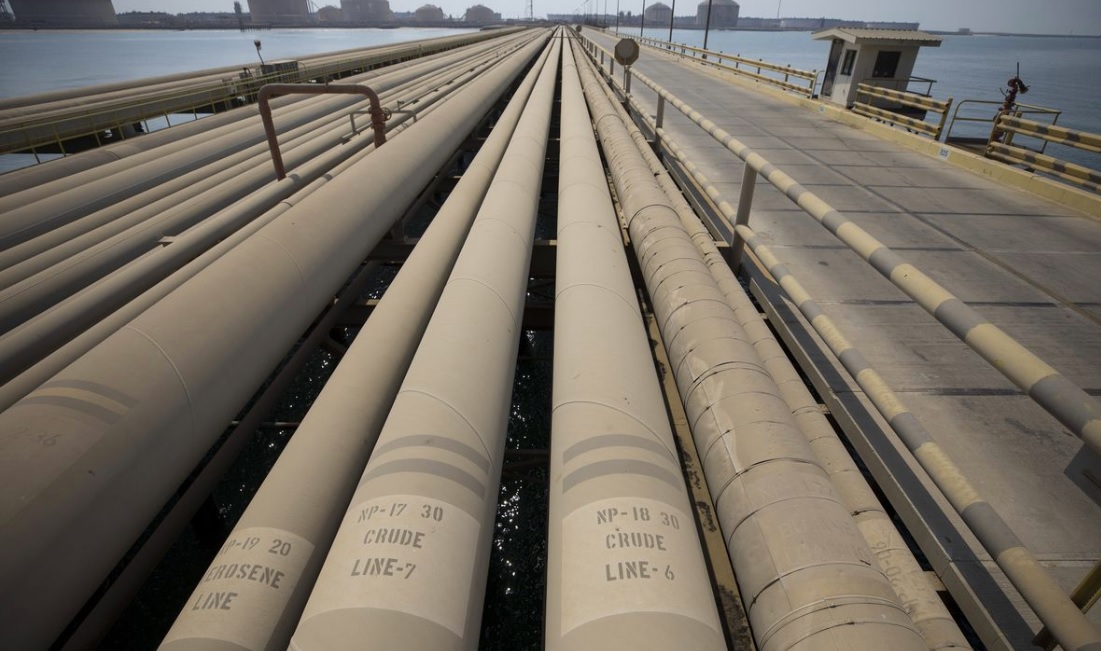OPEC is going to reduce production in spite of Trump's wishes
December 06, 2018 @ 12:10 +03:00

OPEC meets in Vienna on the verge of an oil production cut that would defy U.S. President Donald Trump’s plea to keep the taps open. Yet the group still lacks an agreement on crucial details that could convince traders they’re serious about preventing an oversupply next year and boosting prices.
A day of talks in the Austrian capital on Wednesday concluded with a panel led by Saudi Arabia and Russia — the group’s most powerful members — recommending an output reduction lasting six months, Oman’s Oil Minister Mohammed Al Rumhy told reporters. But they didn’t discuss how big any cuts should be, he said. The group could eventually agree to remove about 1 million barrels a day, about 1 percent of global output, from the market, Al Rumhy said. A delegate from another country said some members believe a smaller reduction would be adequate. The oil market reacted negatively, dropping 52 cents to $61.56 a barrel in London.
Although Russia, the largest producer in the wider group known as OPEC+, agreed to a cut in principle, the eventual size of their contribution remains undefined and will be key to putting together the final deal. In private conversations earlier this week, OPEC delegates said that Saudi Arabia had favored a Russian cut of about 300,000 barrels a day, but Moscow was seeking a smaller reduction of about 150,000, said people familiar with those talks. Those differences persisted after Wednesday’s meeting, OPEC delegates said.
Iran is currently subject to U.S. sanctions and as such won’t participate in any curbs, the country’s OPEC governor Hossein Kazempour Ardebili said this week. Libya and Nigeria, which were exempt from making cuts in the 2016 deal that created the OPEC+ group, have accepted that they will have to participate this time, said Al Rumhy.







